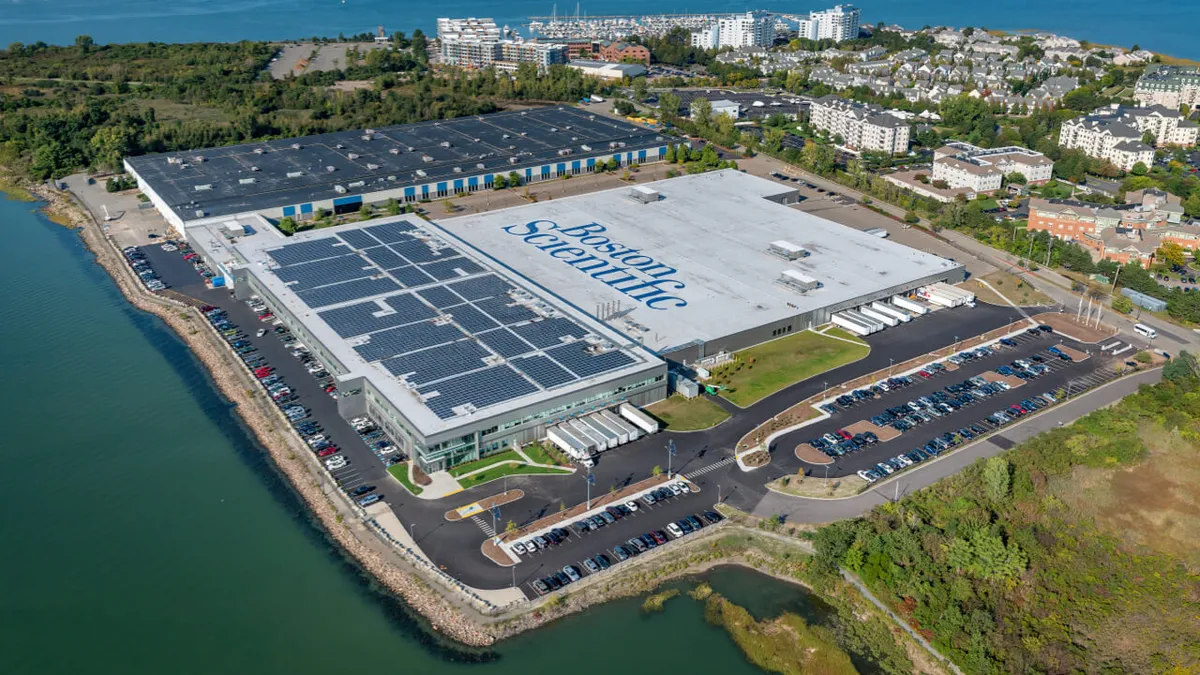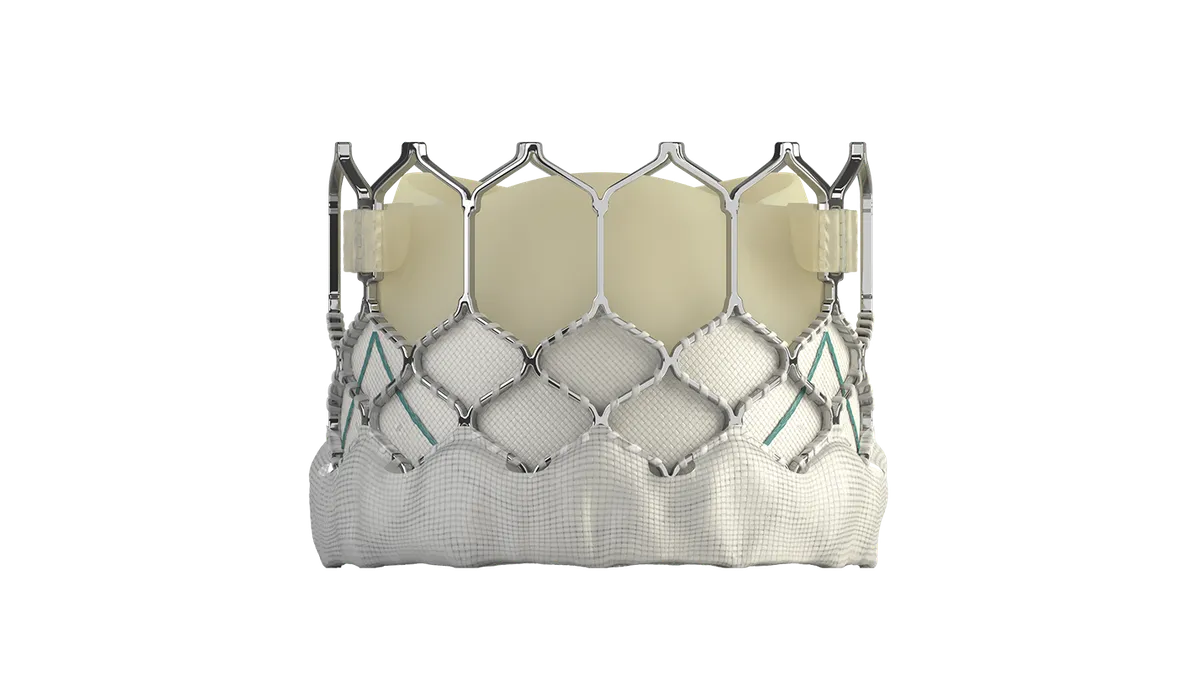Editor’s note: Henry Izawa is President and CEO of FUJIFILM Healthcare Americas Corporation, which manufactures digital imaging devices, including those used in mammography.
Many women put off breast examinations because they are apprehensive. In fact, breast cancer is one of the most feared cancers among women. According to one recent study, only around 50% of U.S. women over 40 at or below the poverty level have had a mammogram in the last two years, which is sharply below the overall national average of 65% of women over 40.
An influential panel from the U.S. Preventive Services Task Force (USPSTF) is now intent on formally recommending that breast cancer screenings for women begin at age 40 rather than at age 50, which was its earlier endorsement. The new draft proposal also recommends screenings continue at a pace of once-every-two-years until age 75.
While this is a step in the right direction, the coming recommendations don’t go far enough. The American Cancer Society has for years advocated that the risks are too great for most women and that a once-yearly exam is still the best course for most over 40.
The original, controversial insistence of the Preventive Services Task Force several years ago to back off annual exams was driven by a belief that breast cancers were over diagnosed. However, new compelling evidence suggests that Black women tend to develop rapid aggressive breast cancers earlier than White women – and die of such cancers more often. The better understanding of the American Cancer Society recognizes that 24-month spacing fails to address the latest research and could further exacerbate disparities and mortality outcomes.
The good news is that increasing numbers of women are seeking routine breast cancer screenings after a sharp decline during the height of the COVID-19 pandemic.
For women who may be anxious about getting their first mammogram at the age of 40, we should use this opportunity to help them understand that the annual experience today is more effective and more comfortable than it ever has been due to new patient comfort enhancements.
But crucially, overdiagnosis is no longer as much of a concern, as a host of new technologies and techniques also make mammograms significantly more precise and reliable.
First, consider image quality. Three-dimensional (3D) mammography, also known as digital breast tomosynthesis (DBT), creates a 3D picture of the breast using X-rays. Three-dimensional mammography has proven to offer advantages over traditional 2D mammography. All women – whether they have fatty or dense breast tissue – can benefit from having their exams done with 3D mammography, which acquires several images of the breasts at different angles.
The second advancement is the comfort aspect. Many women delay their mammograms because they are concerned it will be a painful experience. If the mammography experience is made as pleasant as possible, this could help increase screening compliance among women.
Newer mammography systems now recognize the difference in breast density and have the ability to adjust once the nature of each breast tissue is identified and detected. This is critically important because breast density can make malignancies harder to detect and is linked to a higher risk of breast cancer.
But despite the ability for 3D mammography to detect more breast cancers than 2D imaging alone, it doesn’t completely address the challenges of imaging dense breasts. This is another area where the task force falls short on its recommendations which designate individuals with dense breasts and a family history of breast cancer as “average risk.”
Data shows that women with dense breasts are at an increased risk of breast cancer. Combine dense breasts with having a family history or other risk factors and those women meet the high-risk criteria. The American Cancer Society, National Comprehensive Cancer Network and the American College of Radiology argue mammography alone is not sufficient for imaging this patient population, and that additional supplemental screening methods including magnetic resonance imaging (MRI), ultrasound, and/or contrast enhanced mammography should be considered.
There is no doubt that today’s technology is improving the screening experience and breast cancer detection rates, but to have the best chance at saving lives, we need to make sure women get their screenings in time to make a difference. That starts at age 40, on an annual basis.


















